Despite Taliban threats of violence to disrupt last Saturday’s parliamentary elections in Afghanistan, many Afghans showed up in large numbers to vote. Their commitment once again debunked the myths and caricatures so readily put forth by Western commentators that Afghans do not want democracy. Over and over the Afghan people have shown that they want accountability from their leaders, inclusion, and justice. And, once again, the long-delayed elections showed how the commitments and desires of the Afghan people are frustrated by dysfunctional political processes and systems that often render their voices meaningless, further exacerbating the steadily worsening security situation.
Afghanistan’s Parliamentary Elections and Their Traumas
The people who showed up to vote exhibited great bravery: The Taliban attacked polling stations, rained rocket fire on some towns, and kidnapped and killed four election officials. At least 78 people, including 28 members of the Afghan security forces, were killed by the end of Saturday and some 470 people were wounded. Afghan security forces did succeed in preventing large-scale attacks on election day. But at least one-third of polling stations did not open due to insecurity, and the Taliban and various political rivals killed numerous political candidates while campaigning.
Compromising the legitimacy of the elections were hours-long delays for many polling stations to open because elections materials and systems were not ready. One reason was the late introduction of biometric machines to take voters’ fingerprints and photographs to prevent multiple voting. The introduction of the biometric machines was a last-minute concession by the Afghan government to political opposition parties who threatened to boycott and shut down the elections. But the machines suffered multiple practical challenges, including that electoral staff did not always know how to operate them. So, there was no way to guarantee that the process was free of fraud, allowing losers to denounce the results as the outcome of systemic fraud and disfranchisement. Indeed, whether disputes over the results are handled peacefully or erupt into violence is as determinative of the country’s future as the election outcomes themselves.
Such disputes—and the process in general—take place against a backdrop of increasingly fractured political discourse and embattled government. Moreover, it occurs as rapacious, predatory, and self-interested elites who decry corruption and the abuse of power are fully complicit in such mis-governance. These players have thus far shown little willingness to put national interest and the good of the country and Afghan people ahead of parochial self-interests.
The Bloodier and Bloodier Battlefield
In Ghazni and Kandahar provinces, the elections did not take place at all. Ghazni is still reeling from Taliban’s takeover of the strategic province’s capital in August. Although the takeover lasted only a few days, it exposed the continual problems of the Afghan military. Like during the Taliban’s takeover of the capital of Kunduz three years ago, low morale, poor quality of unit leadership, grossly deficient reinforcement systems and support functions, inadequate intelligence, and intense factionalization in the military allowed the Taliban to conquer the city until U.S. air strikes came to the rescue. President Ashraf Ghani was apparently kept in the dark about the dire state in Ghazni for days. Yet the same problems had earlier led to the fall of Kunduz and were supposed to have been rectified by the Afghan military. The fall of Kunduz could have also been an inflection point for the Afghan political elite, which at the same time was decamping the north and heading to Kabul and out of the country. But just as the same problems in the Afghan security forces persist, so do the pernicious ways of Afghan politicians.
Meanwhile, morale in the Afghan security forces is low, with casualties running 30 to 40 per day and as high as 300 to 400 per week, and recruitment struggling. The downturn of the Afghan economy since 2013 has generated a steady source of recruits, since a job in the security service has for many—particularly those who cannot cultivate poppy—been the only employment option. But with such high casualty rates, the calculus for Afghan families will make sending sons to the security forces unviable. Meanwhile, some 90 percent of attacks are now believed to be initiated by the Taliban, reinforcing the insurgency’s view that the momentum is on its side.
Strongmen, Mafia Dons, and Political Fragility
In Kandahar, voting was delayed after the Taliban finally succeeded in assassinating the province’s strongman, General Abdul Raziq, and the chief of the Afghan intelligence service in the province, as well as critically wounded the governor. The head of U.S. and international forces in Afghanistan, General Austin S. Miller, narrowly escaped unharmed but U.S. Brigadier General Jeffrey Smiley was wounded. The attack was a massive operational security and intelligence breach. More importantly, it leaves Kandahar, the hub of Afghan politics and the primary battleground for the Taliban, wide open to multiple forms of physical and political infighting.
Some Afghans saw Raziq as hero for his fierce battles against the Taliban; others loathed him for his brutal silencing of the opposition, including his reported torture and extrajudicial killings of anyone accused of Taliban association. Monopolizing economies in Kandahar, including drug smuggling, he ruled the province like a mafia don. He even paid the Afghan Local Police, the government’s proxy force, out of his own pocket. He built himself up as an invincible politician, at first close to former President Hamid Karzai, then uneasily embracing President Ghani, and now flirting with the opposition to Ghani.
Kandahar is a vortex of Afghan politics under the best of circumstances. With next year’s presidential elections around the corner, Raziq’s death has complicated politics further—around his replacement and security implications for the south of Afghanistan, political allegiances, as well as around the distribution of power over the legal and illegal domains. The general’s death also drives home the recurring problems with Washington’s long-standing embrace of Raziq and similar strongmen in the name of counterterrorism. Successions are always fraught, and the repressive behavior of such men—tolerated for the sake of short-term battlefield exigencies—is never properly controlled by the United States, even as that behavior drives locals into the hands of the Taliban and other jihadi insurgencies around the world.
Raziq’s assassination also drives home that the Taliban intends to fight as toughly as it can while it negotiates. The prospect of any kind of deal before the 2019 presidential election is slim. In fact, the Taliban will only encourage the likely political crisis over the elections, easily far more dramatic and debilitating than the 2014 presidential crisis. Ethnic infighting could break out over the results. The United States needs to start planning now for how it will handle the crisis, whether it will attempt to cobble together another unpopular government of national (dis)unity or let the fallout proceed.
Escape through Negotiations?
The Taliban will only seriously negotiate with the Afghan government and political leaders after the post-2019 electoral political fallout has either settled or is smothering the country. Other than tactical actions—such as a prisoner exchange or short-term ceasefires like around the 2018 Eid— the only deal the Taliban would likely agree to before that would be for the United States to withdraw rapidly. That, in turn, would be a devastating baseline for the Afghan people and government to negotiate with the Taliban from.
Once the Taliban starts seriously negotiating, the terms and outcomes will not look anything like Colombia’s negotiations with the leftist FARC guerrilla group after years of battlefield stalemate there, for instance. In addition to insisting that U.S. troops leave, the Taliban will not be satisfied with a few seats in the parliament like the FARC was. It is most unlikely to accept even the mild punishments that FARC’s leaders agreed to, such as short-term house arrest, expecting instead full domestic and international impunity à la the deal the Afghan government struck with Gulbuddin Hekmatyar in 2017. It will ask for real power in Kabul and in the south, formal government representation in Kabul and beyond, and possibly major constitutional changes, while not giving up its assets and obligations to communities in the north.
Moreover, it will not simply agree to disarm. At best, it will insist on its fighters being integrated into the Afghan security forces that the United States has so painstakingly built over the past 17 years, which are dominated by Taliban rivals. Or it will simply insist on keeping its men armed, since its political rivals are not only strengthening their factions in the Afghan security forces but also speedily building up militias again. The many cooks and kitchens of the negotiations—now involving direct U.S.-Taliban negotiation—run from Russia to Iran to Pakistan to China and beyond. Unfortunately, they often cut at cross-purposes and only give the Taliban more maneuvering space.
The Brookings Institution is committed to quality, independence, and impact.
We are supported by a diverse array of funders. In line with our values and policies, each Brookings publication represents the sole views of its author(s).

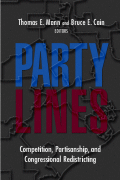
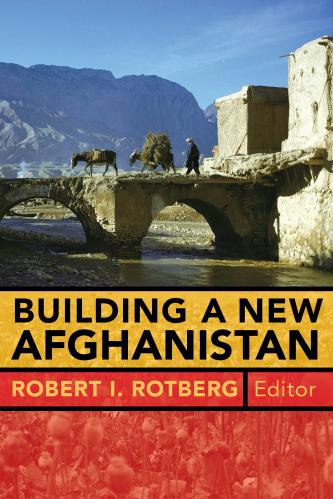
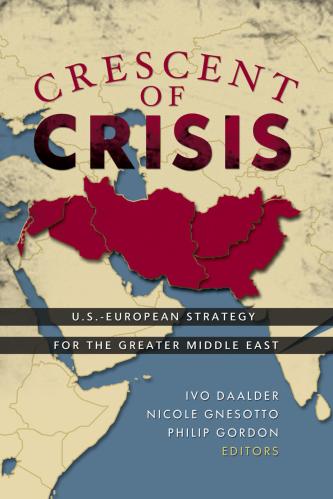

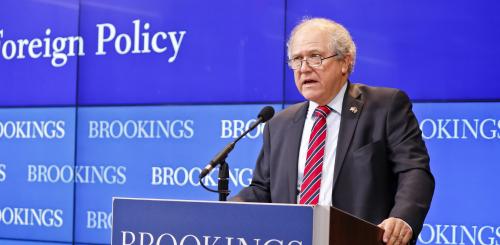

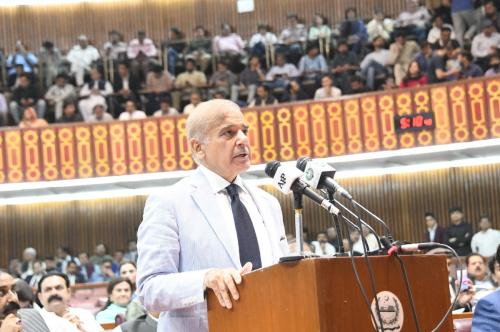
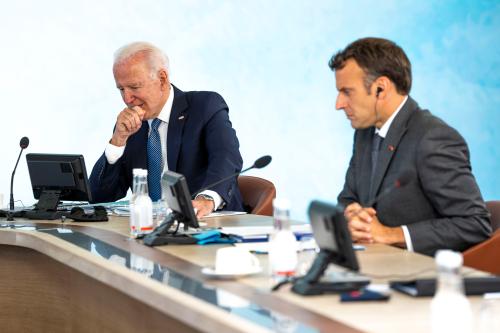
Commentary
Ballots and bullets in Afghanistan
October 23, 2018